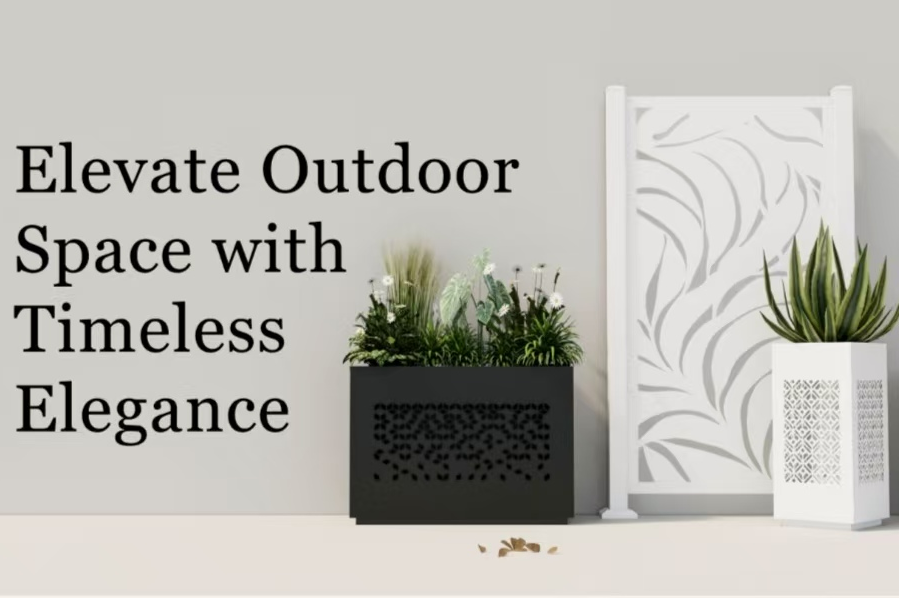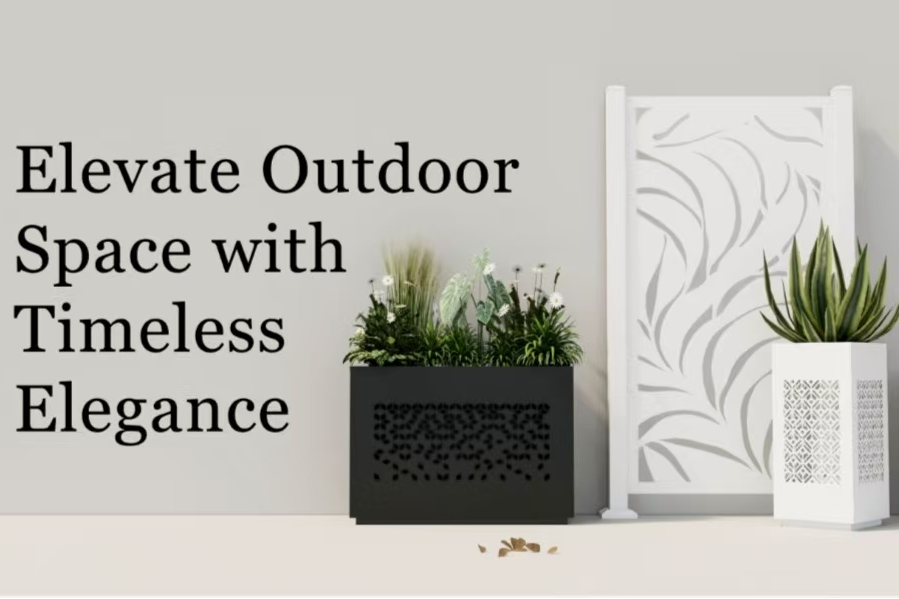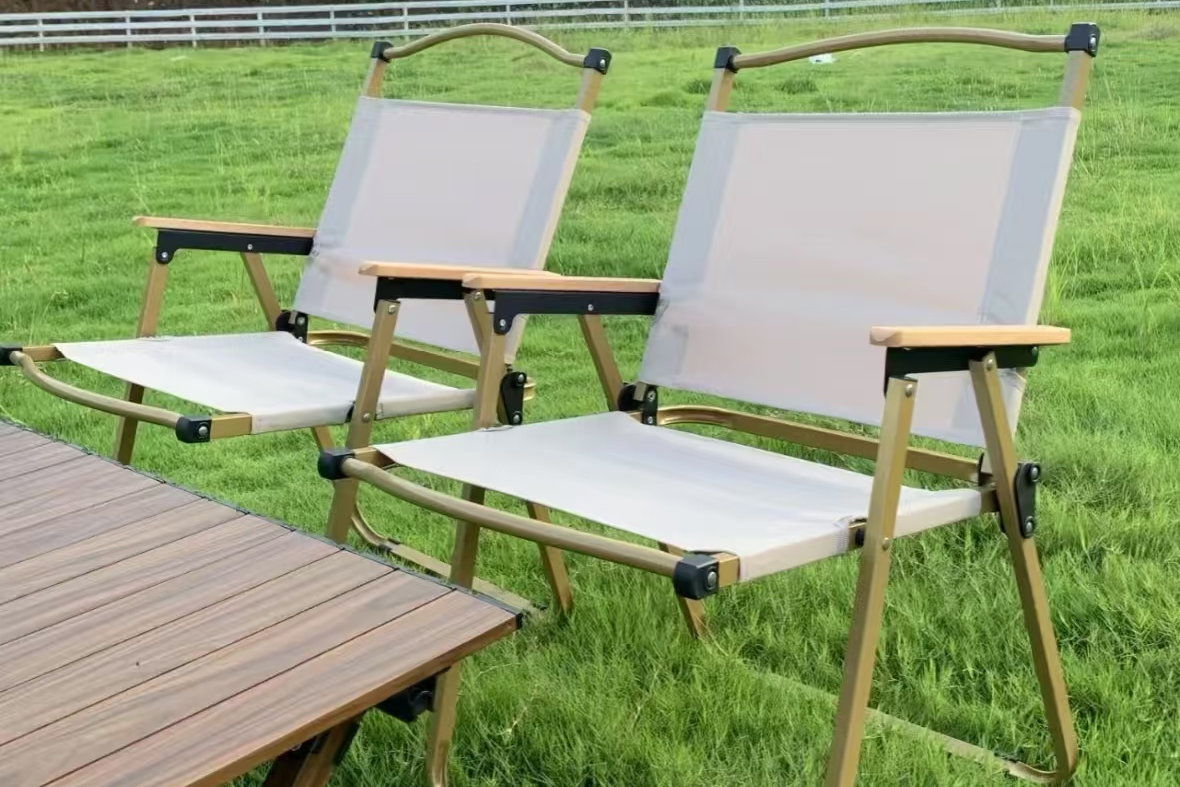
6 Tips to Keep Your Planting Box Garden Healthy All Year Round
2025-10-15
A planting box is a fantastic way to grow vegetables, herbs, and flowers—even if you don’t have a traditional garden. But to enjoy a thriving garden throughout the year, it’s important to care for your planting box properly. Here are 6 practical tips to keep your garden healthy, productive, and beautiful in every season.
1. Choose the Right Soil
Healthy plants start with healthy soil. Use high-quality potting soil that drains well but retains moisture. Adding compost or organic fertilizer gives your plants the nutrients they need to grow strong.
For seasonal changes, refresh the soil between plantings to ensure it stays fertile. This simple step can dramatically improve plant growth and yields.
2. Water Consistently and Wisely
Watering is one of the most common challenges for gardeners. Overwatering or underwatering can harm plants quickly. Stick to these guidelines:
- Water when the top inch of soil feels dry.
- Early morning or late afternoon watering helps reduce evaporation.
- Use a watering can or drip system to target roots, not leaves.
Proper watering ensures plants grow strong and healthy without wasting resources.
3. Monitor Sunlight Exposure
Most vegetables and flowers need at least 6 hours of sunlight daily. Place your planting box in a sunny spot and rotate it if possible to ensure even light exposure.
During extremely hot seasons, provide shade with a lightweight cloth or move smaller boxes to a slightly cooler spot to prevent plant stress.
4. Prune and Harvest Regularly
Regular pruning helps plants grow better and prevents disease. Remove dead or yellowing leaves and trim overgrown branches to encourage new growth.
Harvest vegetables and herbs when they’re ripe to promote continued production. For example, picking lettuce leaves frequently will encourage the plant to keep producing.
5. Watch for Pests and Diseases
Even in a small planting box, pests like aphids, slugs, and spider mites can cause damage. Keep an eye on your plants daily and use natural solutions when possible:
- Neem oil spray or soapy water for insects.
- Handpick pests when visible.
- Avoid overcrowding plants to reduce disease risk.
Early detection is key to preventing problems from spreading.
6. Rotate Plants Seasonally
To maintain soil health, rotate your crops. For instance, don’t plant tomatoes in the same box where tomatoes grew last season. Alternating with leafy greens, herbs, or flowers prevents soil depletion and reduces the risk of disease.
Seasonal rotation also keeps your garden interesting, so you always have something new growing.
A planting box is an excellent tool for gardening beginners and urban dwellers alike. With good soil, proper watering, sufficient sunlight, regular pruning, pest management, and seasonal rotation, your garden can thrive all year long.
Gardening with a planting box isn’t just about growing food or flowers—it’s about creating a small, manageable green space that brings joy, freshness, and beauty to your daily life.

Recent Posts

2025-11-05
Can Planting Boxes Be Used Indoors?




